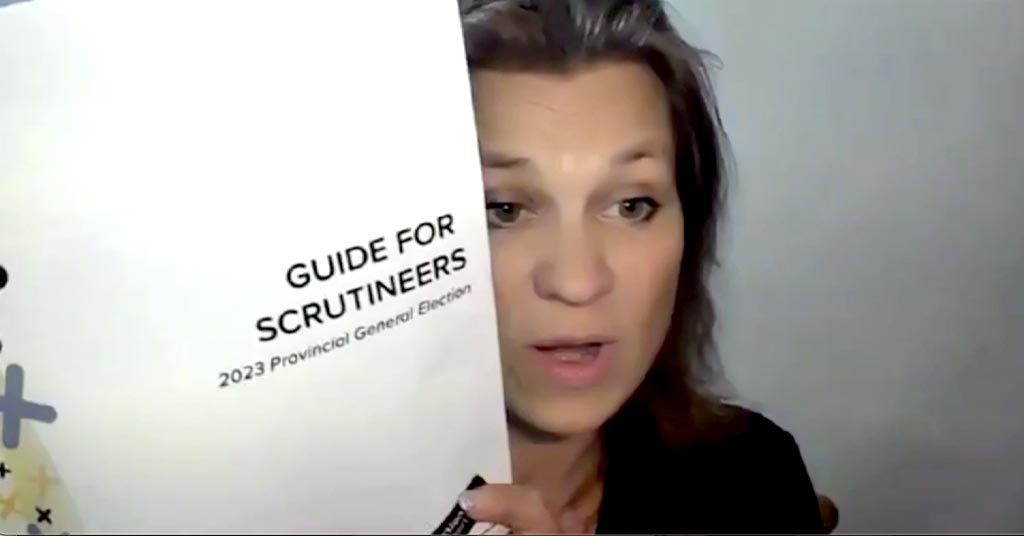5 things you should know about aboriginal education funding
The Fraser Institute released a report this week about government spending on aboriginal people, complaining it has reached an “all-time high” to dispel any thoughts that funding for Canada’s First Nations is “inadequate.” The right wing think tank hints that the over-funding, framed as government largess, is even worse because the report is a […]
The Fraser Institute released a report this week about government spending on aboriginal people, complaining it has reached an “all-time high” to dispel any thoughts that funding for Canada’s First Nations is “inadequate.”
The right wing think tank hints that the over-funding, framed as government largess, is even worse because the report is a “partial look at three federal departments and provincial government spending.”
Speaking of a partial study, the report completely misses the mark on aboriginal education.
In a telling passage, the study says there are “instances where access to such services may be difficult—for example, those who live on remote reserves may not be able to easily access a health care clinic or hospital in a major city, and parents will not be able to enroll their children in a town or city school if they live on a remote reserve. But such access problems are true of rural Canada in general (access is always more difficult the further one lives from a large population hub).”
Here are 5 things you should know about the real crisis in aboriginal education:
1. Don Drummond, the former chief economist at Toronto-Dominion Bank who spent 23 years at the Department of Finance, including as an Associate Deputy Minister, says reserve schools likely need 20 per cent more money than they currently receive from Ottawa to deliver the quality of education that is provided to Canadian children who live off-reserve.
2. The average provincial government spends about $10,000 per capita to educate children, while the federal government only spends $7,000 per First Nations student, according to the Assembly of First Nations. Former Prime Minister Paul Martin also pegs the shortfall for on-reserve education in the range of $2,000 to $3,000 per pupil.
3. The Ontario government estimates “that closing the funding gap between provincial schools and on-reserve schools would require an additional $100-million in federal funding for that province alone.”
4. The federal government’s entire First Nations elementary and secondary education budget ($1.56 billion in 2009-2010) shows a cumulative funding shortfall of over $3 billion since 1996.
5. The aboriginal on-reserve population is young. Children 14 and under make up 28% of the total population and youth 14-24 make up 18.2%, far higher than Canada-wide non-aboriginal youth population (16.5% and 12.9% respectively). Meanwhile, 60% of aboriginal on-reserve high-schoolers drop out, compared to 9.5% of non-Aboriginal Canadians.
Bottom line:
It’s a dismal picture that you don’t get from reading the Fraser Institute study. The Conservative government doesn’t like to talk about these numbers either, even though it now says it’s willing to boost funding for aboriginal education by an unspecified amount if reforms are made.
Its proposed First Nations Education Act stipulates that bands could create First Nations education authorities similar to school boards, or band councils could contract out on-reserve education to provinces or private groups.
The AFN calls the draft legislation “unacceptable.” Conditions for AFN support include: First Nations control over the system, embedding First Nations languages and culture in the curriculum; and increased funding.
Photo: National Film Board.
Our journalism is powered by readers like you.
We’re an award-winning non-profit news organization that covers topics like social and economic inequality, big business and labour, and right-wing extremism.
Help us build so we can bring to light stories that don’t get the attention they deserve from Canada’s big corporate media outlets.
Donate


